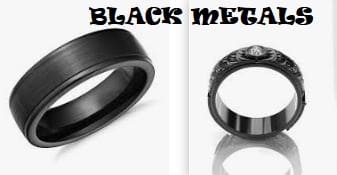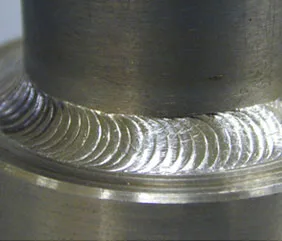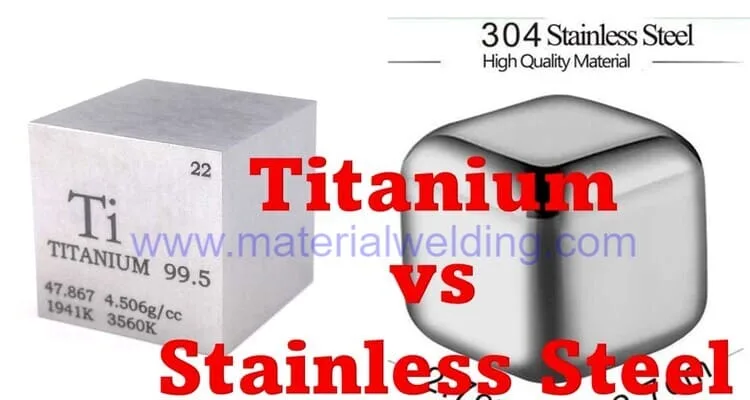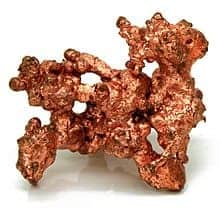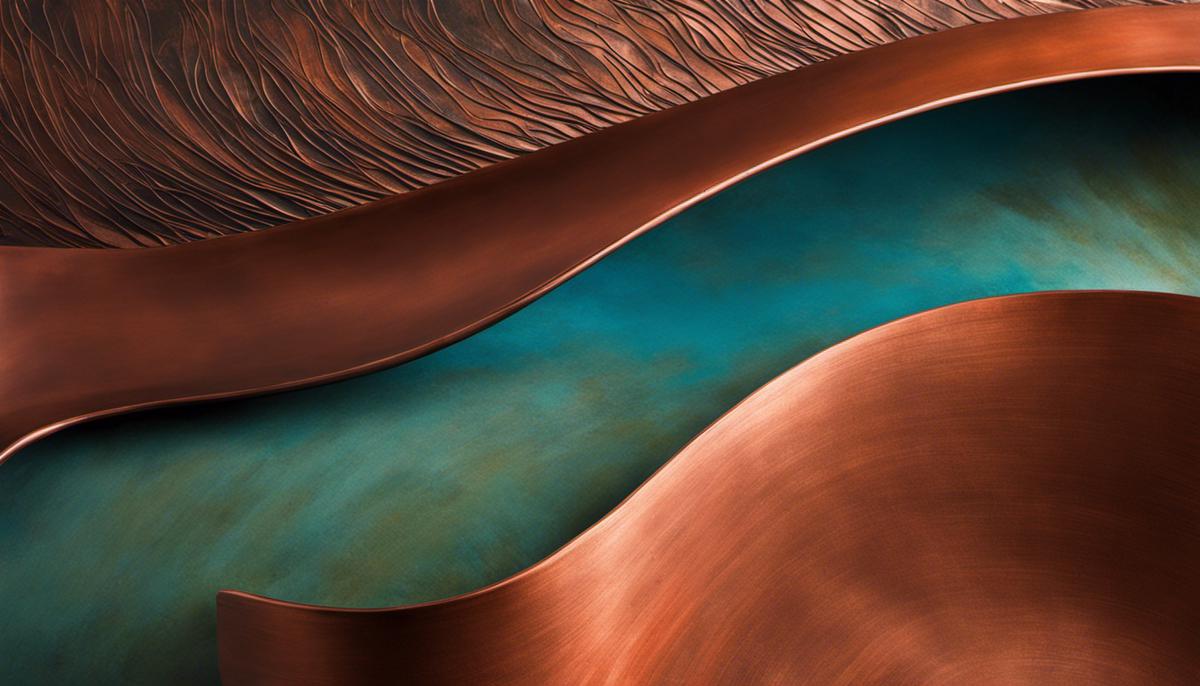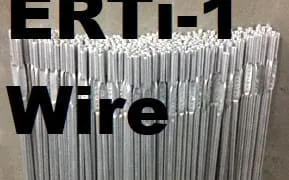What color of titanium?
Titanium is a unique metal that has many uses and properties. It is known for its silver-white color, which makes it easily recognizable. This metal has a shiny surface that adds to its appeal.
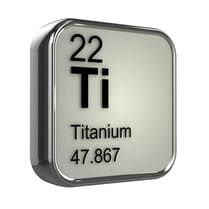
How to change color of titanium?
Titanium is a highly sought after material for its strength and durability, but did you know that it can also be found in stunningly different colors?
👉👉 Check these Titanium Color Iphone covers 👉👉
Titanium has a unique coloration due to its alloying process, which allows for a wide range of hues from bright white to deep black. It is this ability to take on many different colors that makes titanium one of the most versatile materials in the world.
When used in jewelry, titanium goes through an anodizing process that involves passing an electric current through it; this results in colors ranging from blues and purples through reds and oranges to greens, yellows, and golds.
What is the natural color of titanium?
Titanium is a strong, lightweight metal that has a variety of uses in industrial and commercial settings. Its natural color is a silvery-gray hue, with a metallic luster to it.
Its name comes from the Titans of Greek mythology, reflecting its strength and resilience.
The unique color of titanium derives from its chemical composition. It is composed primarily of titanium dioxide which provides it with the distinctive silvery-gray hue that makes it so popular in modern jewelry design.
Does titanium come in different colors?
The most common color for titanium is silver-gray, which is the natural state of the metal when it is extracted from its ore.
Titanium is naturally grayish-silver in color due to its protective oxide film that forms when exposed to air or moisture. However, there are ways to change the color of titanium through anodization.
Anodizing is the process of using electric current to create a color change of a thin oxide layer on the surface of the metal by manipulation into various colors such as blue, red, yellow and green.
How does titanium change color?
Titanium is an incredibly versatile material that can be used in a variety of applications. From jewelry to aerospace technology, titanium has become a popular choice for many items due its lightweight and durable properties.
One interesting characteristic of titanium is its ability to change color due to the oxidation process using anodizing (an electrochemical process).
In the titanium anodizing process, the titanium component is made anode and dipped in electrolyte chemical solution (e.g., trisodium phosphate-TSP or different types of salts). The surface layer of titanium reacts with oxygen molecules when an electric current is applied.
This process adds more oxygen to the titanium surface. By choosing the required oxide film layer thickness and changing the voltage and immersion time, various color combinations can be achieved.
What colors can titanium be anodized?
By passing electric current using anodizing process type 3 (an electrochemical process using electricity and chemical), titanium surface colors can be changed in different colors ranging from gold, rose, blue, teal, bronze and green, etc.
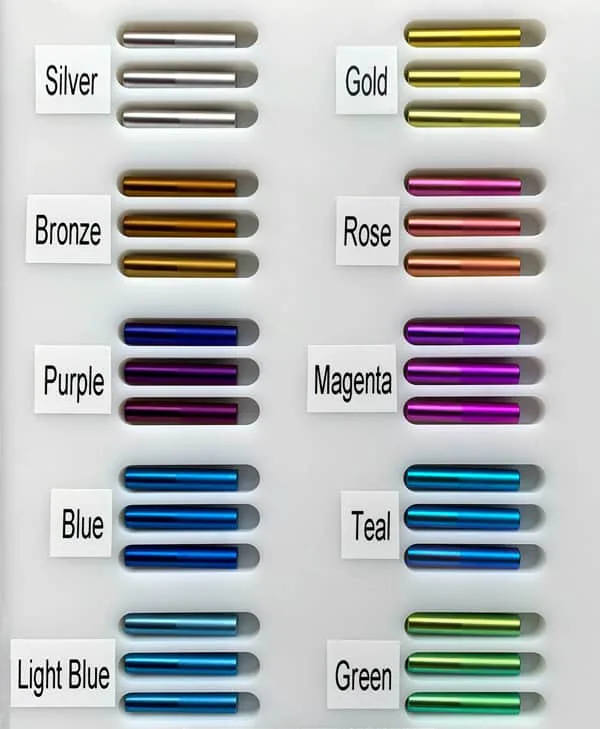
What temperature does titanium change color?
what does titanium color look like
This layer is known as an oxide film and can be either blue, purple or golden in color depending on how thick it gets. The thicker the layer, the darker the color will be.
Does titanium turn colors?
While it does not change color on its own, there are certain conditions that can affect the color of titanium over time.
At room temperature, there is no color change in titanium but when heated to higher temperature in presence of oxygen, titanium will change colors.
Can titanium be colored?
The resulting oxide layer can have different colors depending on the type and amount of current used, with shades ranging from yellow and green all the way up to violet and blue.
